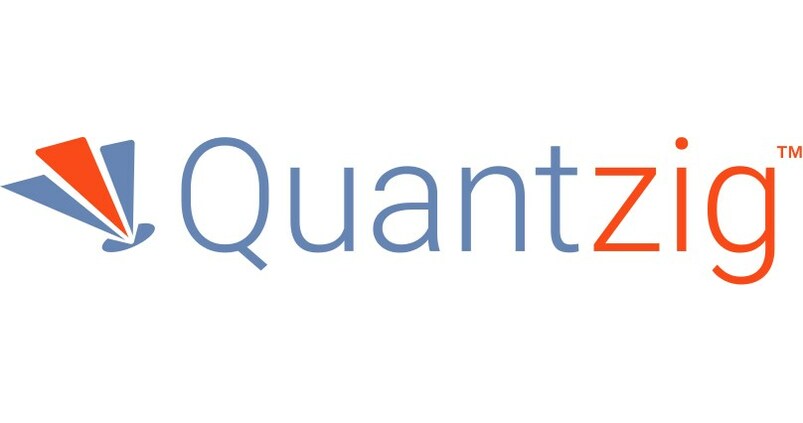Elevate your enterprise knowledge expertise and technique at Transform 2021.
How corporations establish and market to audiences throughout the digital panorama is present process a elementary transformation. We’re not simply speaking about a kind of back-end technical points that the advert tech group wants to resolve. We’re speaking a few sea change that has implications for each model and company marketer on the planet as we enter a privacy-first world.
By now, the headlines are acquainted: Google is discontinuing assist for third-party cookies on Chrome. Apple has deprecated its IDFA with iOS 14.5. But that’s only the start.
Today’s advertisers want to be looking for alternatives in a world with out cookies and device IDs. Unfortunately, there’s no single turnkey alternative forthcoming — however that doesn’t imply advertisers are powerless. Here are a number of key areas the place your future-proofing efforts needs to be centered.
1. Cohorts
The time period “cohorts” has shot to the highest of 2021 trade buzzwords thanks to Google’s Federated Learning of Cohorts (FLoC), however the idea of grouping individuals primarily based on related pursuits isn’t a brand new one. Right now, Apple and a handful of different suppliers are additionally growing new cohort-based options for concentrating on that remove the necessity for particular person concentrating on and the associated privateness issues.
Google has obtained loads of criticism for its plans round FLoC, however the general strategy — clustering massive teams of individuals with related pursuits collectively in a means that they continue to be anonymized — has validity. Today’s advertisers want to be looking for companions which can be collaborating and integrating with tech corporations to reap the benefits of rising cohort-based viewers choices.
2. (*4*) identifiers
Even as Google and Apple are deprecating long-relied-upon net and cellular identifiers, a number of corporations are racing to present alternatives in a privacy-compliant means. The ensuing common identifiers — from corporations together with ID5, LiveRamp, Zeotap, and The Trade Desk (UID 2.0) — provide an interoperable means of monitoring customers, impartial of a tech supplier. The benefit of those IDs is that consumer consent and opt-outs could be managed in a streamlined, clear trend. More importantly, common IDs present a a lot cleaner resolution in contrast to cookies, eliminating the necessity for steady syncing between the advert tech platforms to have the ability to commerce, whereas on the similar time including one other friction level for the consumer (i.e., offering their e mail handle).
Although Google has mentioned it won’t assist these options within the Chrome browser, platforms (together with The Trade Desk) are assured that these options will stay accessible to patrons. In basic, common IDs characterize a viable, privacy-focused different to cookies — and one which will probably be notably vital on the open net. From an advertiser standpoint, the secret’s to embrace a “sure, and” mentality versus an “both, or” stance. By working with companions that combine with all main common ID suppliers, advertisers can make sure the broadest continued protection following the ultimate demise knell of the cookie.
3. On-device options
As advertisers look to offset the influence of the transfer to a cookieless world, it’s additionally vital to be protecting their bases on cellular. Going ahead, “restrict advert monitoring” will grow to be the brand new regular in cellular environments. In truth, solely 10-20% of customers are anticipated to choose in to advert monitoring with Apple’s IDFA enforcement. As such, advertisers will see a big influence because it relates to alternatives for one-to-one personalization and reaching customers at scale, not to point out advert pacing, rotation, and forecasting.
This is the place on-device viewers options are available in. The in-app atmosphere combines the perfect of knowledge and privateness via on-device audiences, a privacy-focused resolution that doesn’t depend on cellular device identifiers. Rather, on-device audiences could be generated on the device, and solely the viewers segments — not the people themselves — can be found for concentrating on. Ultimately, the consumer knowledge by no means leaves the device. Such options can layer device knowledge, app metadata, and commercial interactions to probabilistically infer behavioral traits, resembling age teams, gender, pursuits, and many extra, with out the necessity to entry private info resembling a cellular device identifier. This strategy will grow to be more and more related for cellular promoting, notably on condition that Google is anticipated to observe in Apple’s footsteps and ultimately deprecate its cellular device ID (GAID) as effectively.
4. Contextual concentrating on
Finally, let’s not neglect that our trade has lengthy had the technique of concentrating on advertisements with out the necessity for personally identifiable info (PII). We’re speaking, in fact, about contextual concentrating on, which is understandably gaining traction once more as we transfer right into a privacy-first world. The fantastic thing about contextual concentrating on is that it doesn’t require consent and works throughout all environments (e.g., desktop, cellular, CTV, and so forth.). Contextual audiences are constructed primarily based on the kind of media or subject material {that a} consumer consumes digitally, versus the consumer’s id. Advances in knowledge processing and machine studying permit for real-time viewers technology and activation primarily based on such indicators. In different phrases, the effectiveness of contextual concentrating on is enhancing every single day.
Adapting (and measuring) for the long run
As we transfer ahead into a really completely different future for marketers, there’s a necessity to get again to fundamentals when it comes to how we perceive the effectiveness of promoting spend. Our trade’s overreliance on deterministic knowledge goes to want to broaden in the direction of considerate probabilistic measurement methods. The excellent news is that these methods, designed to assist marketers perceive incrementality in a cross-channel actuality, are well-established. Going ahead, robust media combine modelling will grow to be important and will in the end elevate our trade’s omnichannel understanding in ways in which at the moment’s last-click tendencies don’t.
The writing has been on the wall for third-party cookies for years now, and cellular identifiers just like the IDFA have already misplaced a substantial amount of relevance and attain inside at the moment’s concentrating on panorama. The challenges to id throughout the digital and cellular landscapes will proceed to escalate. Mobile advertising and marketing will grow to be much less one-to-one in a privacy-first world, and robust omnichannel advertising and marketing methods will grow to be extra vital than ever.
What’s required of marketers at this juncture is a reset of their strategic mindset and a tactical pivot on a number of fronts. Now just isn’t the time to be looking for easy options to systemic challenges. Rather, now’s the time to be implementing a broad array of alternatives to see what works finest — and committing to an ongoing test-and-learn loop for the foreseeable future.
Ionut Ciobotaru is Chief Product Officer at Verve Group.VentureBeat
VentureBeat’s mission is to be a digital city sq. for technical decision-makers to achieve information about transformative expertise and transact.
Our web site delivers important info on knowledge applied sciences and methods to information you as you lead your organizations. We invite you to grow to be a member of our group, to entry:
up-to-date info on the themes of curiosity to you
our newsletters
gated thought-leader content material and discounted entry to our prized occasions, resembling Transform 2021: Learn More
networking options, and extra
Become a member




